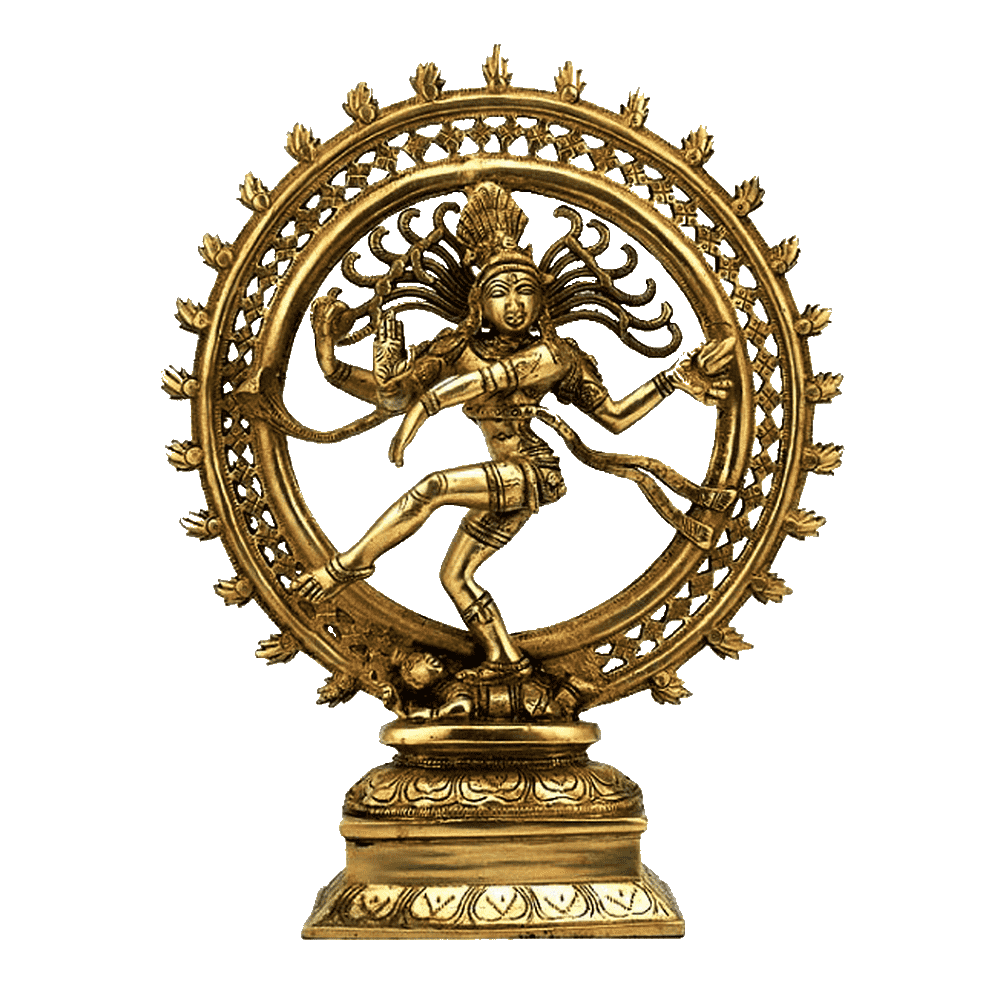
Dakṣiṇāgamas
The transformative aspect of Dakṣiṇa or Bhairava
Introduction:
The Dakṣiṇāgamas are an important group of scriptures within the Śaiva tradition that focus on the transformative aspect of Lord Dakṣiṇa or Bhairava. The term “Dakṣiṇa” means “right” or “auspicious,” and in the context of these Āgamas, it refers to the fierce and transformative aspect of Lord Śiva. Dakṣiṇa is often identified with Bhairava, representing the intense and fierce form of the divine, who is both a destroyer of limitations and a liberator from fears.
Origins and Context:
As with other Tantric texts, the origin of the Dakṣiṇāgamas is traced to divine revelations from Lord Śiva to sages and seers for the spiritual benefit of humanity. These sacred scriptures have been transmitted through an oral tradition for centuries and are considered essential guides for spiritual practitioners seeking to harness the transformative energies of Lord Dakṣiṇa/Bhairava.
Key Themes and Teachings:
Dakṣiṇa as Transformative Energy:
The Dakṣiṇāgamas emphasize the transformative aspect of Lord Dakṣiṇa/Bhairava. By connecting with this fierce form of Śiva, devotees seek to destroy their limitations, ego, and negative traits, allowing for profound inner transformation and growth.
Transcending Fears:
Bhairava is often revered as a deity who helps devotees transcend their fears and attachments. Through his worship and grace, practitioners are guided towards fearlessness, leading them on the path of spiritual evolution.
Rituals and Practices:
The Dakṣiṇāgamas provide detailed instructions on rituals, meditative practices, and mantra recitation dedicated to Lord Dakṣiṇa/Bhairava. These practices aim to awaken higher consciousness and align the practitioner with the transformative energies of the divine.
Spiritual Liberation:
The worship of Dakṣiṇa/Bhairava is associated with the goal of spiritual liberation (Moksha). By surrendering to the fierce energies of the divine, seekers can liberate themselves from the cycle of birth and death (samsara) and attain union with the ultimate reality.
Non-dual Philosophy:
Amidst the intense and transformative aspects, the Dakṣiṇāgamas also incorporate non-dual philosophical teachings, emphasizing the oneness of the individual soul (Atman) with the supreme reality (Brahman). This philosophy guides seekers towards self-realization and the recognition of their inherent divinity.
Fearless Living:
The transformative energies of Dakṣiṇa/Bhairava inspire practitioners to live fearlessly and embrace life’s challenges with courage and determination. This fearless approach helps individuals break free from self-imposed limitations and achieve their full potential.
Conclusion:
The Dakṣiṇāgamas play a vital role within the Śaiva tradition, as they focus on the transformative aspect of Lord Dakṣiṇa/Bhairava. By connecting with the fierce energies of the divine through worship, meditation, and devotion, seekers can destroy their inner impurities and fears, paving the way for profound spiritual growth and evolution. The Dakṣiṇāgamas exemplify the path of transformation, guiding devotees towards self-realization and liberation from worldly attachments. By embracing the transformative energies of Lord Dakṣiṇa/Bhairava, practitioners can transcend limitations and fears, ultimately leading to the realization of their innate divinity and union with the eternal reality of Lord Śiva.
Editor – Kaalchakra Team
[ Note – Before Concluding anything as a Finale, Please Go through Original Scriptures of Vaidik Literature Written in Sanskrit and Also with Meaning of That time of Language. Because English is a Limited language to Explaining the Deeper Knowledge of Vaidik Kaal. ]
